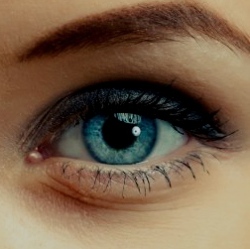
Using red/blue filters (anaglyph), polarized (passive) or LED shutter (active) glasses are relatively simple ways of creating a 3D effect. Creating 3D pictures without viewers having to don any form of eyewear is a little trickier and is made even more so if you want really big 3D effects for a sports stadium or a billboard.
To help address this, Austrian scientists working at the Vienna University of Technology (TU Vienna) and the company TriLite Technologies have developed a new kind of display just for this purpose that sends beams of light directly to the viewers’ eyes via a laser and a sophisticated mirror system.
Every 3D-Pixel (or "Trixel", as the team calls them) used by the prototype system consists of lasers and a movable mirror to send light beams in different directions, which the creators claim produces angular resolution so fine that the left eye is presented a different picture than the right one, thus creating a 3D effect. "The mirror directs the laser beams across the field of vision, from left to right," says Professor Ulrich Schmid of TU Vienna. "During that movement the laser intensity is modulated so that different laser flashes are sent into different directions.’
Unlike current large-scale 3D projection systems, such as those used at the cinema where only two different pictures are projected, one for each eye, the new system can project hundreds of pictures at a time. The result of this is that a view of the scene may be made from different sides, just like the way real objects and scenes are observed. This is achieved via a new video format that has been developed by the researchers.
"Today’s 3D cinema movies can be converted into our 3D format, but we expect that new footage will be created especially for our displays, perhaps with a much larger number of cameras", said Franz Fiedler, CTO of TriLite Technologies. According to the research team, compared to a movie screen, the display is also very vivid and can be easily used outdoors, even in full sunlight. As a result, the new technology lends itself to applications such as 3D electronic billboards that could display different ads at the same time, dependent upon the angle of the viewer.
